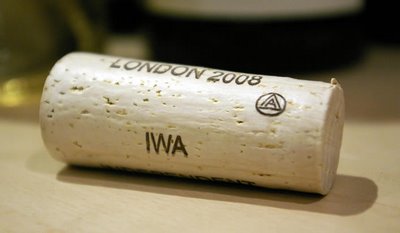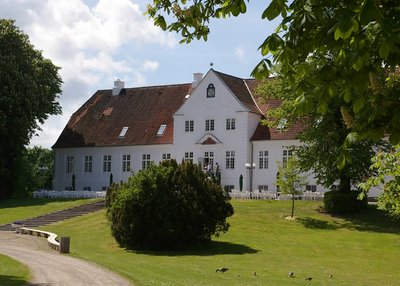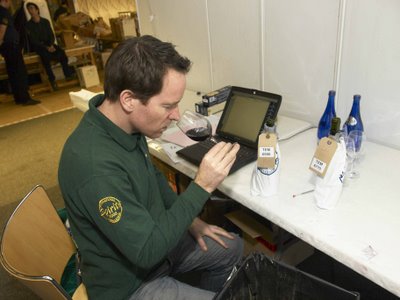
FA Cup final day. [For the benefit of non-English readers, this is the final of England's main soccer cup competition, which has been going for 120+ years and is rich with history and passion.] This year, we had a final without any of the big four for the first time in ages, but like the Millwall vs. UTD match a few years ago, there was a non-premiership team in the final - this time Cardiff City. The game itself was quite good, with Cardiff showing well and Portsmouth looking decidedly short of ideas. A rather scrappy, but well taken goal by the talented but ungainly Kanu settled it Portsmouth's way. Could have done with a few more goals, and even a sending off to make it truly memorable, though. In Parker points? 86/100.
The football season is all but ended, with just Wednesday's Champions league final to come. The latest on the City/Sven saga is that Thasking allegedly decided to put the whole squad up for sale, which is crazy. City have issued a statement saying this is nonsense, which such a proposal surely should be. The cost of assembling a side of equivalent quality would be immense.
The reality is that the premiership has a top three of Arsenal, Chelsea and Man UTD. Then there's Liverpool who have fourth spot to themselves. Vying for fifth and sixth place are a gaggle of teams, including Everton, Aston Villa, Tottenham. Then I'd say there's a group of teams who are safe from relegation but who would struggle to get into Europe: West Ham, Newcastle, Porstmouth. Then everyone else is involved in a relegation battle. Where do City stand? At the moment, they're just about in the fighting for 5/6th group (look, I'm being optimistic). Which isn't bad. The cost of creating a team, from scratch, that could find themselves in the same position is absolutely staggering. Let's face it, to improve a side that is already safe in the premiership is difficult, even if you have a bit of cash to play with. There just aren't that many really good players around, and even fewer of them are available. Look how Liverpool have struggled trying to keep up with the big three.
The danger is that messing around with the squad too much and selling some of the stars could result in a side that is suddenly thrust into the relegation scrap. That would be disastrous.
Onto more cheerful subjects. Let's talk wine. I'm sipping, as I write, a rather unusual bottle of Portuguese white. It's called 'Wine writer's white cuvee: created for the IWA by Charles Metcalfe, blending wines from all six IWA producers, to celebrate the 2008 London extravaganza'. This is an upcoming tasting of Portuguese white wines, and IWA stands for Independent Winegrowers' Association, so the component wines will have come from Luis Pato, Quinta dos Roques, Quinta de Covela, Alves de Sousa, Casa de Cello and Quinta do Ameal.
The wine is in a clear glass bottle, sealed with the longest, most perfect-looking cork I've ever seen. I wish all corks were this good (pictured). What about the wine? It's reductive with a strongly minerally, flinty, slightly rubbery nose, but lovely fresh citrussy fruit. The palate is quite tight, showing some more of that mineralic reduction, and more of the citrussy fruit. The acidity is quite high, making this a refreshing sort of wine, but there's a bit of flatness, too. Reduction and oxidation in the same wine? Possible, but I don't want to be too hard on what is essentially a sound wine. However, I think this is a case where the whole isn't greater than the sum of its parts. But it is a thought-provoking sort of wine.
Labels: football, Portugal, reduction



 The web log of wine journalist Jamie Goode. Feel free to nose around; your comments are welcome
The web log of wine journalist Jamie Goode. Feel free to nose around; your comments are welcome 
